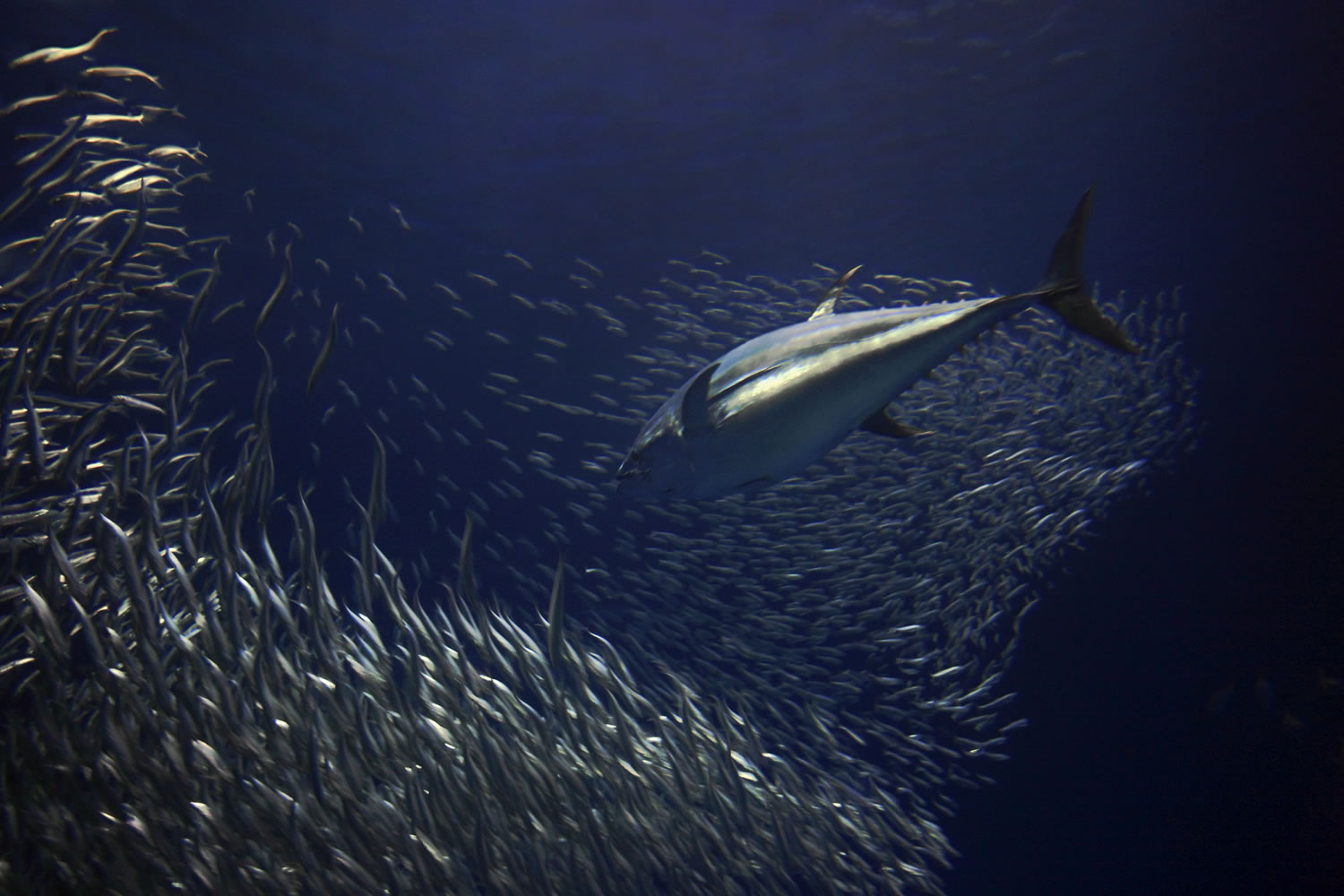PORTLAND — A plan to move toward more broad ecosystem-based management of West Coast fish — including protecting ocean forage species — was adopted Tuesday by the Pacific Fishery Management Council.
The approval was supported in a wide range of public testimony.
“Forage fish are super, super important to us,” said Lyf Gildersleeve, owner of Flying Fish Co., a Portland provider of sustainable seafood.
The ecosystem plan is an “umbrella document” explaining the guiding principles, said Pam Lyons Gromen, executive director of Wild Oceans.
Specific regulations still will need to be developed and approved by the PFMC in future years.
Small, unmanaged forage fish include species such as saury, smelts, sandlance and others. They are considered critical to salmon and other predators up the food chain.
“Well-functioning food webs are essential,” said Mark Sherwood of the Native Fish Society. Wild salmon survival depends on the availability of oil-rich forage fish when the young salmon reach the ocean, he added.
Prohibiting new fisheries from developing on unmanaged forage species was mentioned by several supporters of the new plan.
But Mike Okoniewski of Pacific Seafood in Woodland said he knows of no plans within the industry to start exploiting new West Coast fish stocks.
Such a move would cost millions and could get regulated out of operation quickly, he said.
“I just don’t see it,” Okoniewski said.
Steve Williams, an assistant administrator of the Oregon Department of Fish and Wildlife, said forage stocks currently “are managed very conservatively.”
Dave Lacey of South Coast Tours in Gold Beach, Ore., said his customers want interaction with wildlife and forage fish are important.
“Seeing a brown pelican divebomb for forage fish and return to the surface with fish in the mouth is made for tourism,” Lacey said.
He offers kayak-based fishing trips and told of a client catching a black rockfish with forage fish stuffed in its mouth.
Portland author Jay Withgott said forage fish influence sea bird populations and reproductive success.
Many seabirds are declining and a precautionary approach to the food base is needed, he said.
Ken Scribner, an Alaskan commercial fisherman, said the marketplace is responding to efforts for sustainable fishing.
Citizens “are voting with dollars and diets,” he said.
“We now enter into a new era of more sophisticated fishery management,” said council chairman Dan Wolford of Pacifica, Calif. “We heard strong public testimony calling for more protection for unmanaged forage fish.”




